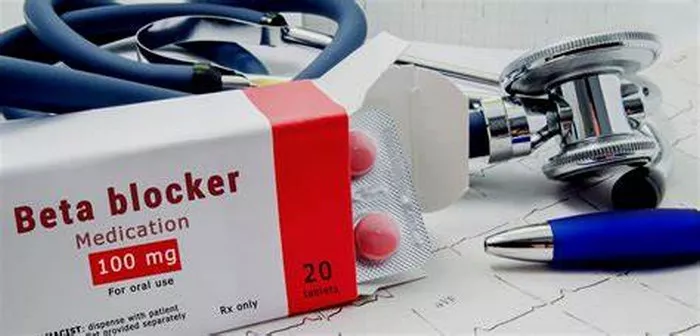Supraventricular tachycardia (SVT) is a common cardiac arrhythmia characterized by rapid heartbeats originating above the ventricles. It can cause palpitations, dizziness, chest discomfort, and in severe cases, syncope. Managing SVT involves various approaches, including medications and procedures. Among the medications used, certain drugs are considered first-line treatments due to their efficacy and safety profiles.
Understanding SVT and Its Management
Before delving into specific medications, it’s crucial to grasp the mechanism and clinical presentation of SVT. SVT typically involves abnormal electrical pathways or nodes in the heart, leading to rapid and irregular heart rhythms. This can result in symptoms ranging from mild discomfort to significant hemodynamic compromise.
The management of SVT aims to restore normal heart rhythm, alleviate symptoms, and prevent recurrences. Initial evaluation involves assessing the patient’s medical history, symptoms, physical examination, and electrocardiogram (ECG) findings. Once diagnosed, appropriate treatment strategies are implemented, often starting with medications.
First-Line Medications for SVT
1. Adenosine: Adenosine is one of the most commonly used first-line medications for SVT. It works by temporarily blocking the AV node’s conduction, interrupting the abnormal electrical pathways responsible for SVT. Adenosine is administered rapidly through intravenous (IV) infusion, typically in a healthcare setting due to its short half-life and potential for adverse effects like flushing, chest discomfort, and transient bradycardia.
2. Calcium Channel Blockers (CCBs): Another class of medications frequently employed as first-line treatment for SVT includes calcium channel blockers such as verapamil and diltiazem. These drugs inhibit calcium influx into cardiac cells, leading to decreased automaticity and conduction velocity. They are administered orally or intravenously, with IV formulations preferred for acute SVT episodes requiring rapid intervention.
3. Beta-Blockers: Beta-blockers like metoprolol and esmolol are also considered first-line agents for SVT management. By blocking beta-adrenergic receptors, these medications reduce heart rate, myocardial contractility, and conduction velocity, thereby stabilizing heart rhythm. They are particularly useful in patients with underlying cardiac conditions or adrenergic-induced SVT.
Choosing the Appropriate Medication
The selection of the first-line medication for SVT depends on several factors, including the patient’s clinical presentation, comorbidities, medication tolerance, and response to initial interventions. Adenosine is often favored for its rapid onset and diagnostic value in differentiating SVT from other arrhythmias. However, its short duration of action may necessitate additional therapies or maintenance medications for long-term management.
Calcium channel blockers and beta-blockers offer broader therapeutic options, especially in patients with recurrent or persistent SVT. They are well-tolerated in most individuals but require cautious use in those with preexisting heart block, hypotension, or contraindications to their respective drug classes. Close monitoring of vital signs, ECG parameters, and adverse effects is essential during medication administration and titration.
Special Considerations and Follow-Up
In certain scenarios, adjunctive therapies or specialized interventions may be warranted for refractory or complicated SVT cases. These can include electrical cardioversion, catheter ablation procedures, or consultation with cardiac electrophysiologists for comprehensive arrhythmia management. Patient education regarding lifestyle modifications, medication adherence, and recognizing SVT triggers is integral to long-term treatment success.
Regular follow-up visits with healthcare providers, including cardiologists or electrophysiologists, ensure ongoing assessment, medication adjustments, and monitoring for potential complications or recurrence of SVT episodes. Collaborative multidisciplinary care involving cardiac nurses, pharmacists, and allied health professionals enhances patient outcomes and promotes optimal cardiovascular health.
Conclusion
Supraventricular tachycardia (SVT) necessitates prompt recognition, evaluation, and management to mitigate symptoms, prevent complications, and improve patient quality of life. First-line medications like adenosine, calcium channel blockers, and beta-blockers play pivotal roles in restoring normal heart rhythm and reducing SVT burden. Individualized treatment plans, informed by clinical guidelines and evidence-based practices, are paramount in achieving favorable outcomes and enhancing cardiovascular well-being in patients with SVT.

